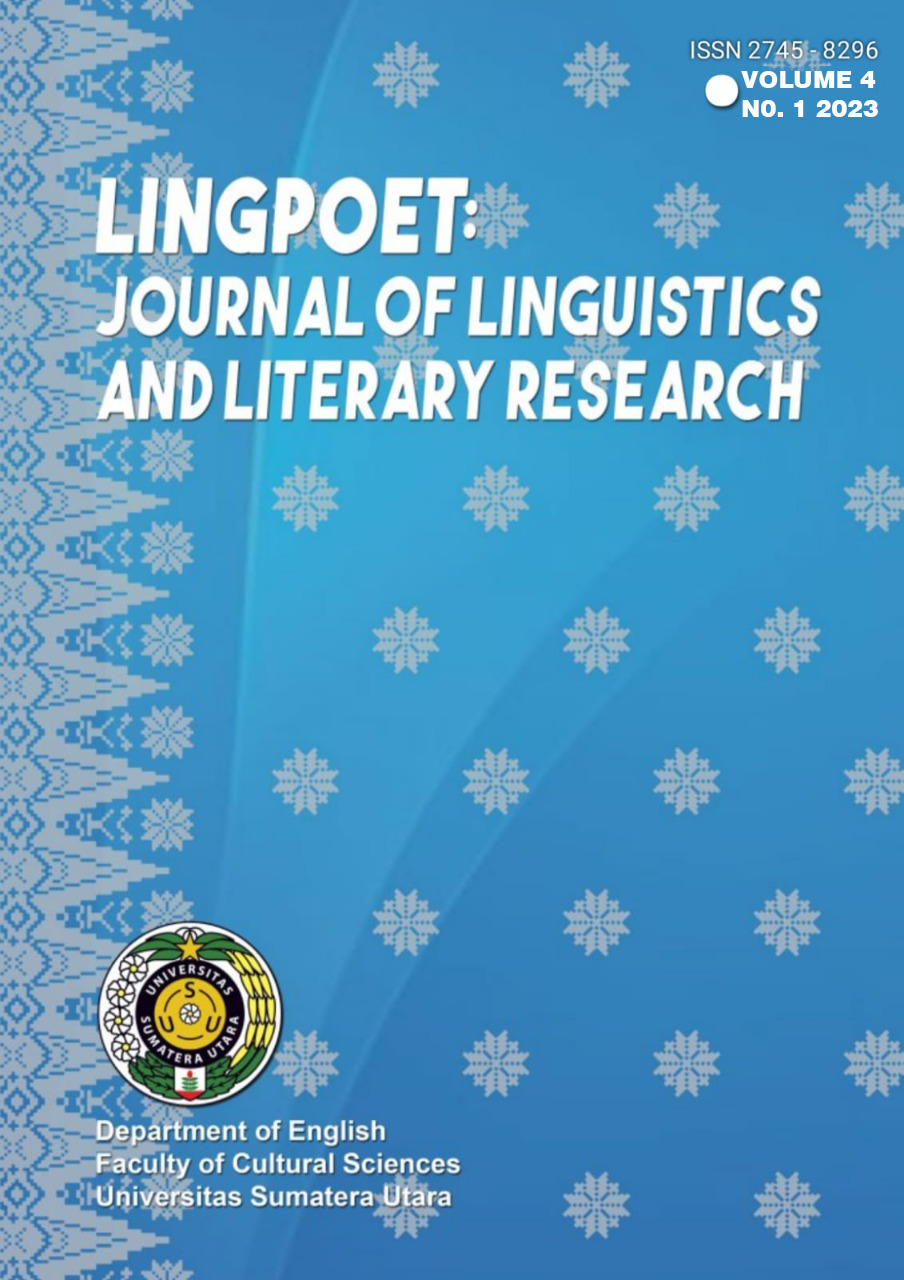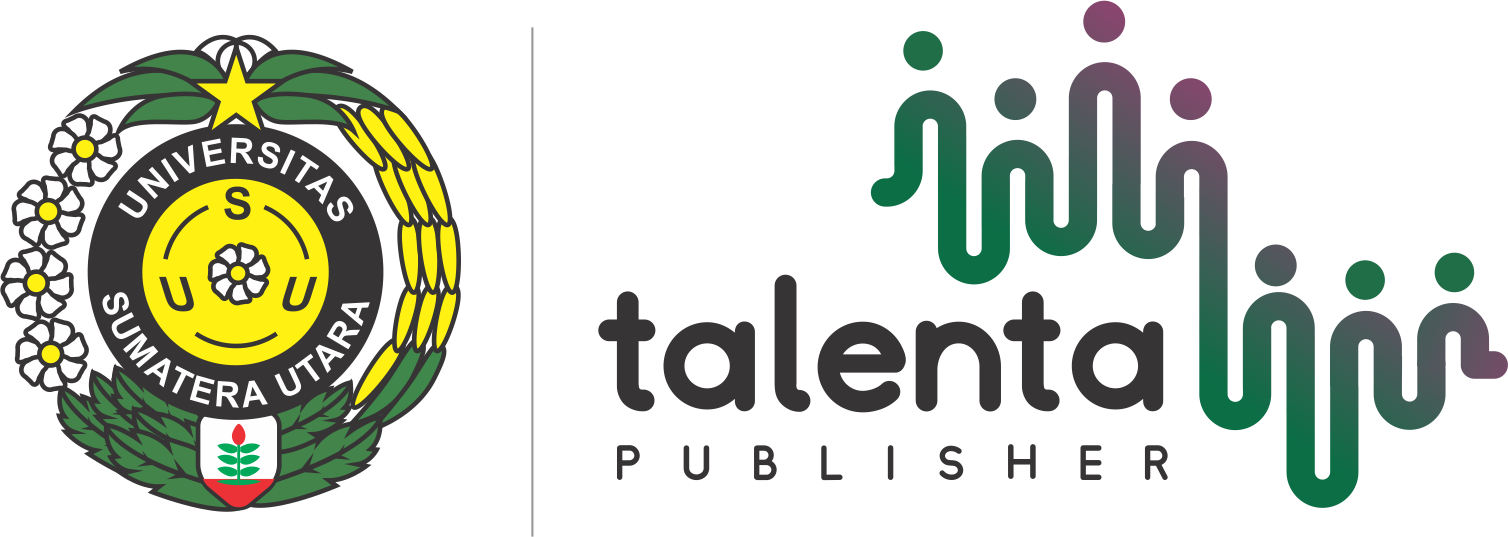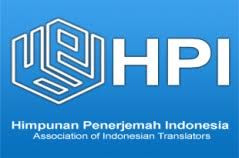Question and Respond Types in Courtroom: A Forensic Linguistics Analysis
Keywords:
Griffiths Question Map, Maxim, Frank CaprioAbstract
Employing forensic Linguistics, this qualitative study describes types of question and respond in Providence, Rhode Island court proceedings. Four transcript case from the Traffict court of Providence, Rhode Island, United State of America were used as corpora in this study. Using Griffith Question Map ( Griffiths, 2006) and Cooperative Principle to approach the sudy. It was found that the are seven types of question raised by judge Frank Caprio ( Appropriate Closed Yes/No Question, Probing Question, Inappropriate Closed Yes/No question, Open question, opinoin or statement, leading question, and Multiple question) and three types of respond of defendant ( Maxim of Manner, Quality, and Relevance).
Downloads
References
Austin, J. (1962). How To Do Things With Word. london: oxford univeristy press.
Bennett, &. Feldman. (1999). Reconstucting Reality On The Courtroom. new jersey: routger university press.
Bowen, G. A. (2009). Document Analysis as a Qualitative. Document Analysis as a Qualitative Research Method', Qualitative Research Journal, vol. 9, no. 2, , 27-40.
Clift, A. H. (2007). Reporting Talk: Reported Speechin Interaction. cambridge: cambridge university press.
Coulthard, M. & Johnson. (2007). An Introduction To Forensic Linguistics Language Is Evidence. new york: routledge.
Coulthard, M. & Johnson. (2010). The Routledge Handbook of forensic linguistics. Milton park: routledge.
Gibbons, J. (2003). Forensic Linguistics: An Introduction To Language In Justice System. wiley blackwell.
Grice, H. P. (1975). Logic And Conversation. New York: Academic Press.
Jerson S. Catoto, P. (2017). On Courtroom Questioning: A Forensic Linguistic Analysis. IOSR Journal Of Humanities And Social Science (IOSR-JHSS) Volume 22, Issue 11, Ver. 8 , PP 65-97.
Levinson, S. C. (1983). Pragmatics. New York: Cambridge University Press.
Mckee, A. (2003). Textual Analysis. London: Sage Publication Ltd.
McMenamin, G. R. (2002). Forensic Linguistics: Advance In Forensic Stylistics. Florida:
CRC Press.
Miles M.B., H. M. (2014). Qualitative Data Analysis. London: Sage Publication.
Downloads
Published
How to Cite
Issue
Section
License
Copyright (c) 2023 LingPoet: Journal of Linguistics and Literary Research

This work is licensed under a Creative Commons Attribution-ShareAlike 4.0 International License.













